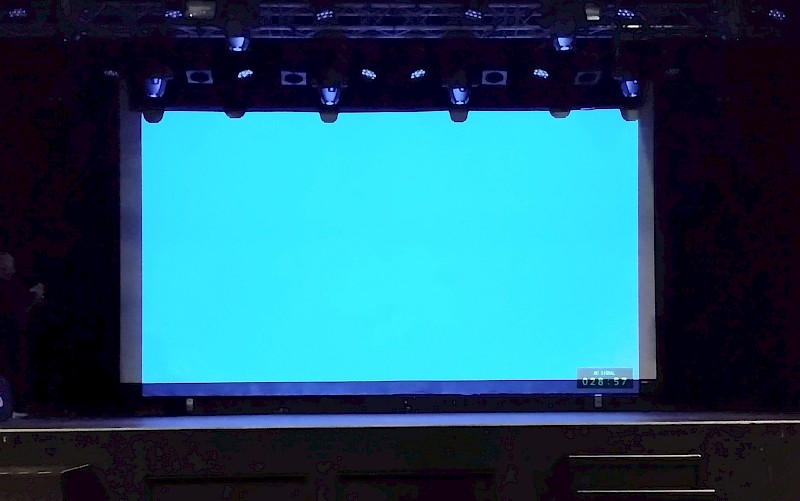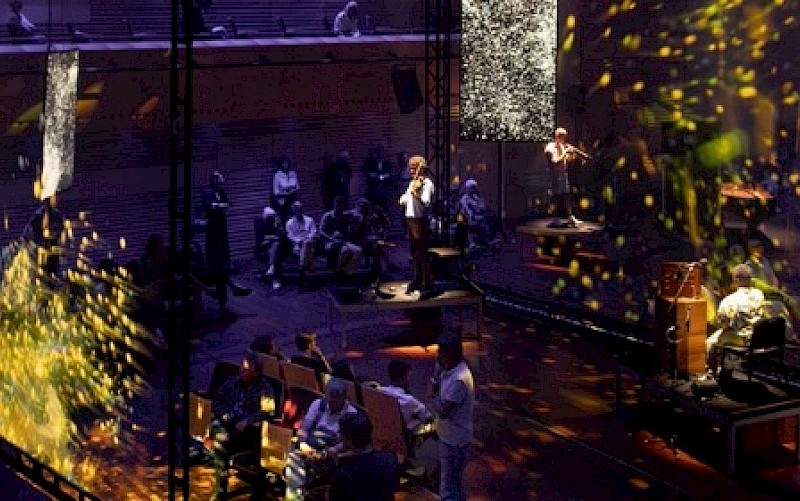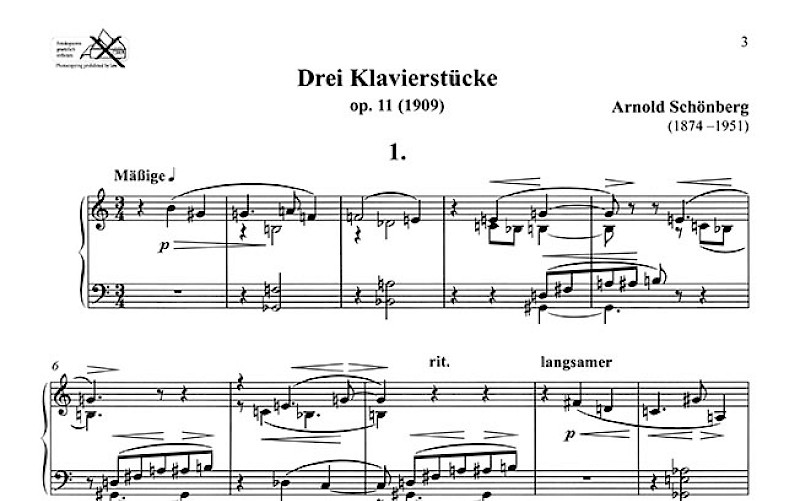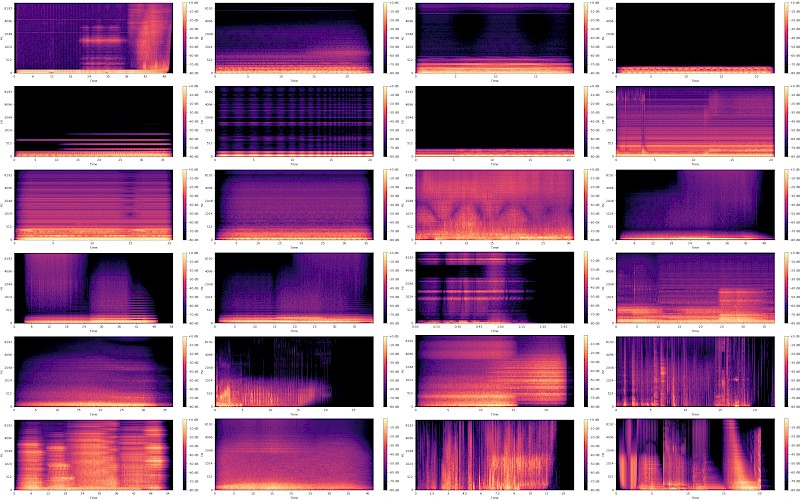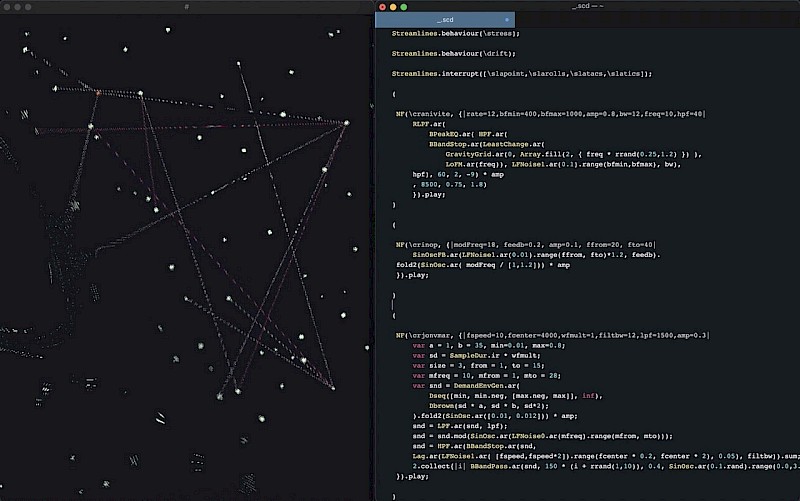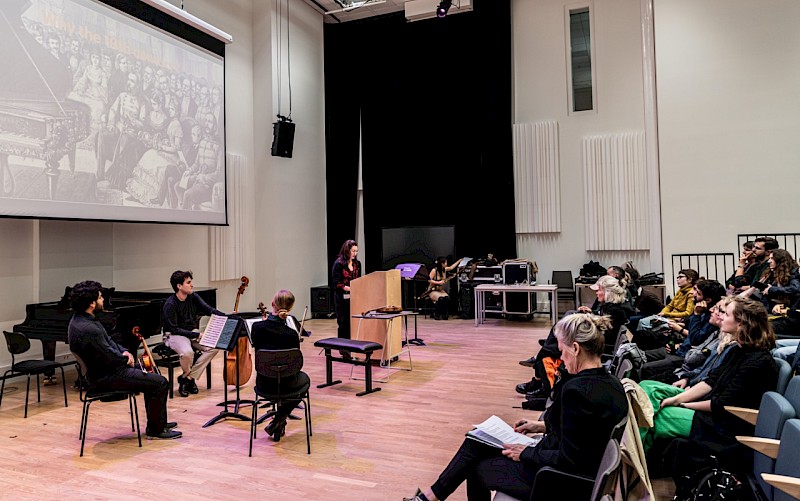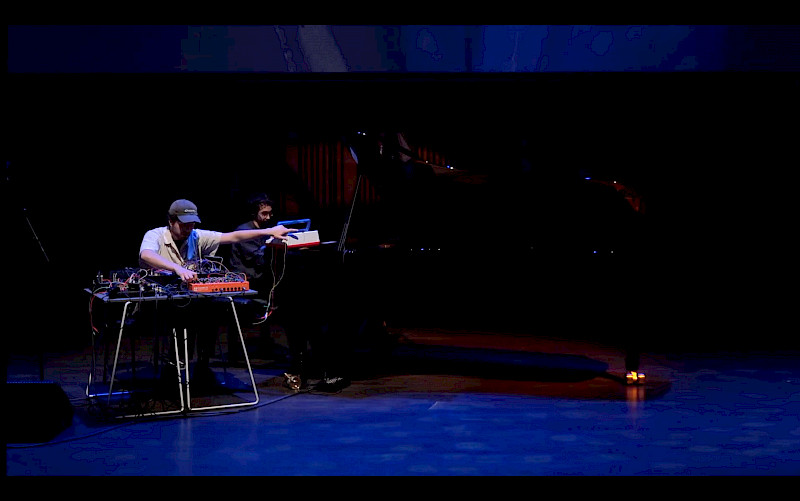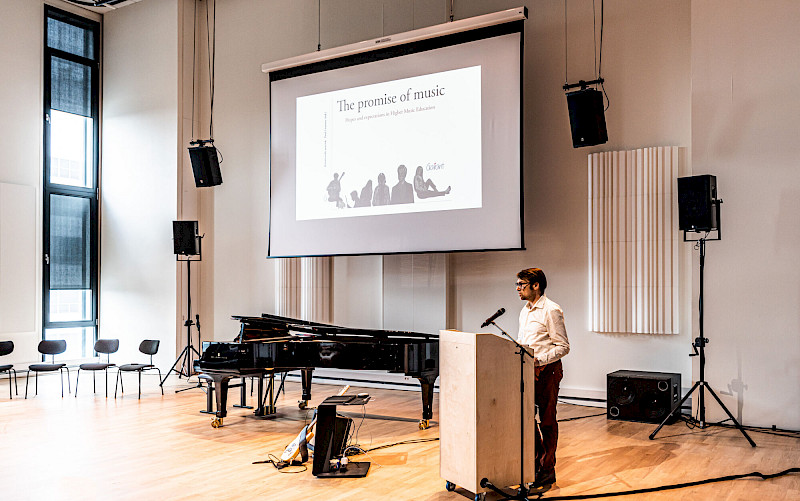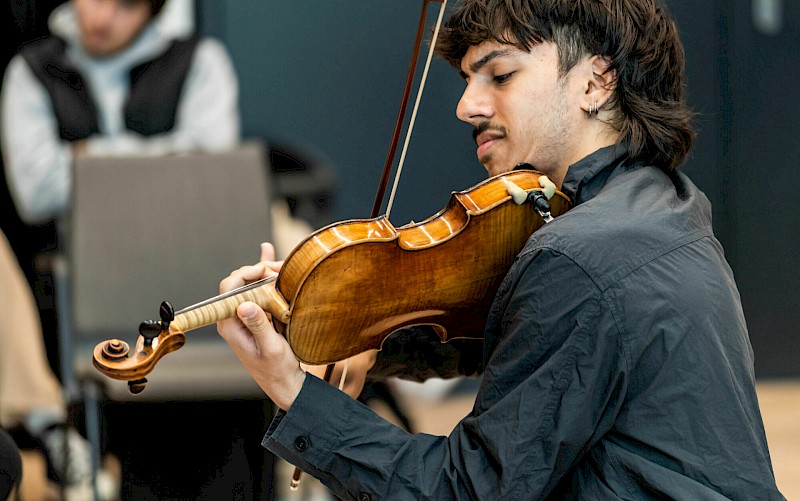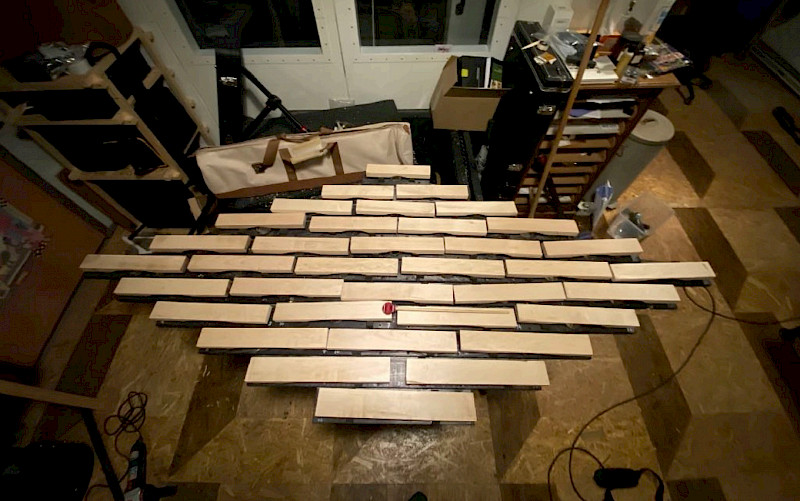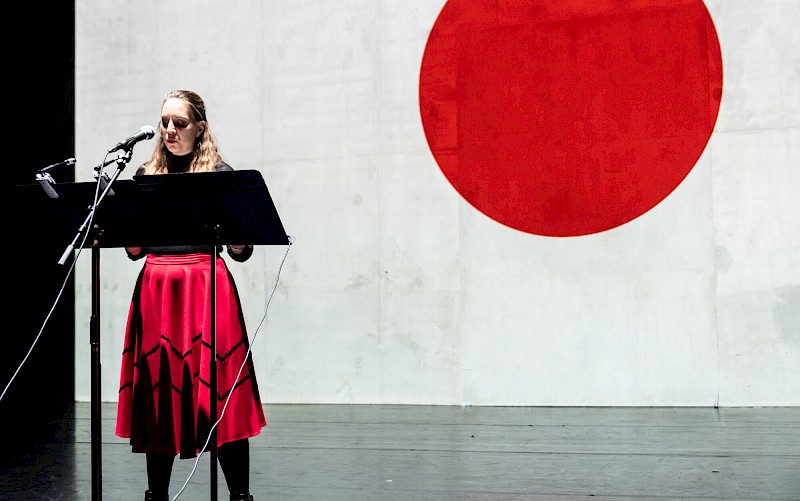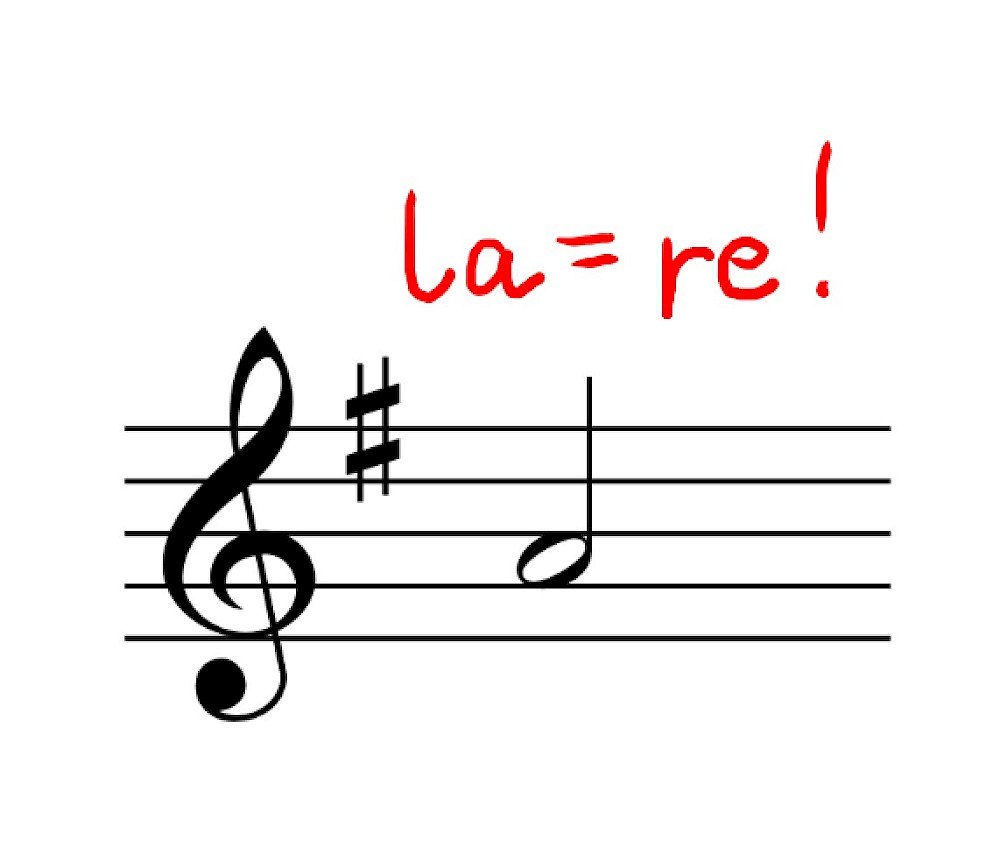
From absolute to relative solmization (and back)
In most European countries, in the context of solfege, the primary system for naming notes is absolute solmization. There are however schools in which relative solmization system is used, as a tool within solfege methodology. When someone with absolute-solmization background has to switch to relative solmization, the first months are usually paired with a certain amount of frustration or deprecation.
Both relative and absolute solmization work on the level of verbal association: automatic matching between the solmization name and the (relative) sound. The solmization names in both systems are almost the same. The matching is different, which means that the same name associates to different sounds in different systems. As this happens automatically, in order to establish new associations, one will have to weaken the existing ones (hence the feeling of necessity to ‘unlearn’ the known). Still, absolute solmization is the musical ‘mother tongue’ of these students, and cannot be just ‘switched off’. At some point, the students will be able to use both systems in parallel. Until that level is reached, it is on the teacher to lead the students through the process of transition. A lot is being said and written about advantages and disadvantages of both systems (and other note-naming systems), also about the ways to choose ‘the right’ solmization system. Not so much attention is given to the challenge of dealing with more than one at the same time. My research focusses directly on that. The results should lead to improvement in efficacy of teaching, and increase in the friendliness of the teaching process.
The main goals of my research are:
1. Better understanding of the cognitive processes that are involved in parallel use of relative and absolute solmization
2. Better understanding of transition from absolute to relative solmization
3. Applying the findings to solfege methodology
The current project has two main threads. The first thread is rather practical. It explores various reading skills (strategies) that the students usually acquire in absolute-solmization setting, and selects those that can be most easily translated to relative solmization. Apart from this, the practical thread searches for the tools and the activities where the clash between the two solmization systems is absent or minimal. To this end, I will also interview the students, to investigate the individual ways in which they are dealing with the transition. The second thread is more theoretical, related to (music) cognition, automaticity, and bilingualism. I believe that topics such as processing incongruent information, automaticity in processing (musical) texts, or organization of vocabulary knowledge in bilinguals, can be relevant for understanding the processes involved in parallel use of the two solmization systems. Both threads lead to the practical goal: developing teaching procedures and material that is making the transition easier and the teaching more efficient.
